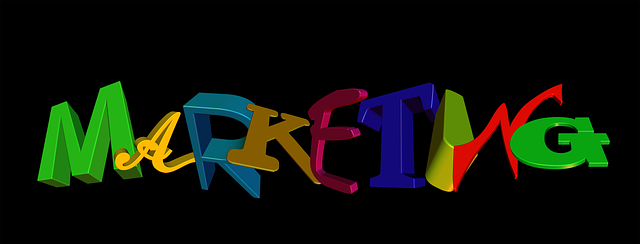AI avatars are revolutionizing fatigue detection during group sessions by mimicking body language and non-verbal cues, providing insights into subtle signs of mental exhaustion that might otherwise be missed. These digital observers capture data from participants' movements, facial expressions, and vocal patterns to help researchers understand the complex nature of fatigue. This technology holds significant promise for professionals in healthcare, aviation, and e-sports to develop effective countermeasures against fatigue-related issues, enhancing training effectiveness and creating more personalized, safe, and engaging fitness experiences. However, ethical considerations, privacy, data security, and avoiding stereotyping are key challenges in implementing AI avatar mirroring in group therapy settings.
Tired of traditional fatigue monitoring methods? AI avatars are revolutionizing sports performance analysis by detecting fatigue through nuanced performance markers. This article explores how these intelligent bots, through advanced mirroring techniques, can observe and interpret body language and biomechanics to identify fatigue in real-time. We delve into the benefits of group sessions with AI avatars, enhancing team dynamics and tactical awareness, while also addressing potential challenges for optimal implementation.
- Understanding Fatigue Detection: Why and How AI Avatars Can Help
- Mirroring Performance Markers: Training Bots to Observe and Analyze
- Group Sessions with AI Avatars: Benefits and Potential Challenges
Understanding Fatigue Detection: Why and How AI Avatars Can Help

Fatigue detection is a critical aspect of ensuring well-being and optimizing performance, especially in demanding environments where individuals interact with AI on a regular basis. Artificial Intelligence (AI) avatars play a pivotal role in this regard, offering a unique perspective on human behavior and physiological responses. By employing AI to mirror body language and non-verbal cues during group sessions, researchers can uncover subtle indicators of fatigue that may otherwise go unnoticed.
These AI avatars act as digital observers, capturing and analyzing data from participants’ movements, facial expressions, and vocal patterns. This advanced technology enables a deeper understanding of fatigue’s complex nature. For instance, an AI avatar might detect decreased eye contact, slowed gestures, or changes in voice tone, all of which could signify mental exhaustion. Such insights can be invaluable for researchers and professionals aiming to develop effective countermeasures against fatigue-related issues in various sectors, including healthcare, aviation, and e-sports.
Mirroring Performance Markers: Training Bots to Observe and Analyze

In the realm of AI-driven training, bots equipped with observation and analysis capabilities are revolutionizing fitness routines, particularly in group settings. The key lies in AI avatar mirroring, where these bots learn to mimic and reflect human performance markers during exercises. By closely observing participants’ movements, posture, and exertion levels, the bots can accurately detect signs of fatigue or strain. This real-time analysis allows trainers to quickly identify individuals who may need adjustments in their routines or extra encouragement.
AI avatar mirroring in group sessions enhances overall training effectiveness by providing immediate, personalized feedback. The bots can detect subtle changes in performance, such as decreased speed, altered form, or reduced endurance, which might otherwise go unnoticed by human instructors. This enables them to guide participants through tailored modifications, ensuring everyone benefits from the session optimally while maintaining a safe and engaging workout environment.
Group Sessions with AI Avatars: Benefits and Potential Challenges

In group therapy sessions, incorporating AI avatars as interactive participants can offer several advantages. These virtual representations of human counterparts are capable of mirroring non-verbal cues and behaviors, enhancing emotional connection and empathy among session attendees. By mimicking body language, facial expressions, and tone of voice, AI avatars create an inclusive environment where individuals may feel more comfortable opening up about their experiences and challenges, especially in sensitive topics related to mental health.
However, challenges arise when implementing AI avatar mirroring in group settings. Ensuring the avatars’ behaviors are both accurate and ethical requires careful consideration. Privacy and data security are paramount, as session participants share personal information. Moreover, developers must strive for realism without perpetuating stereotypes or biased behaviors, fostering an environment that is safe, respectful, and beneficial to all members of the diverse group.
The integration of AI avatars in group training sessions offers a promising approach to fatigue detection, enhancing performance analysis. By mimicking human behaviors and observing subtle changes in communication patterns, these bots can provide valuable insights into individual and collective fatigue levels. This technology has the potential to revolutionize team training by allowing coaches and facilitators to make data-driven decisions, ensuring optimal performance and well-being. AI avatar mirroring in group sessions holds great promise for improving safety, productivity, and overall team dynamics.
